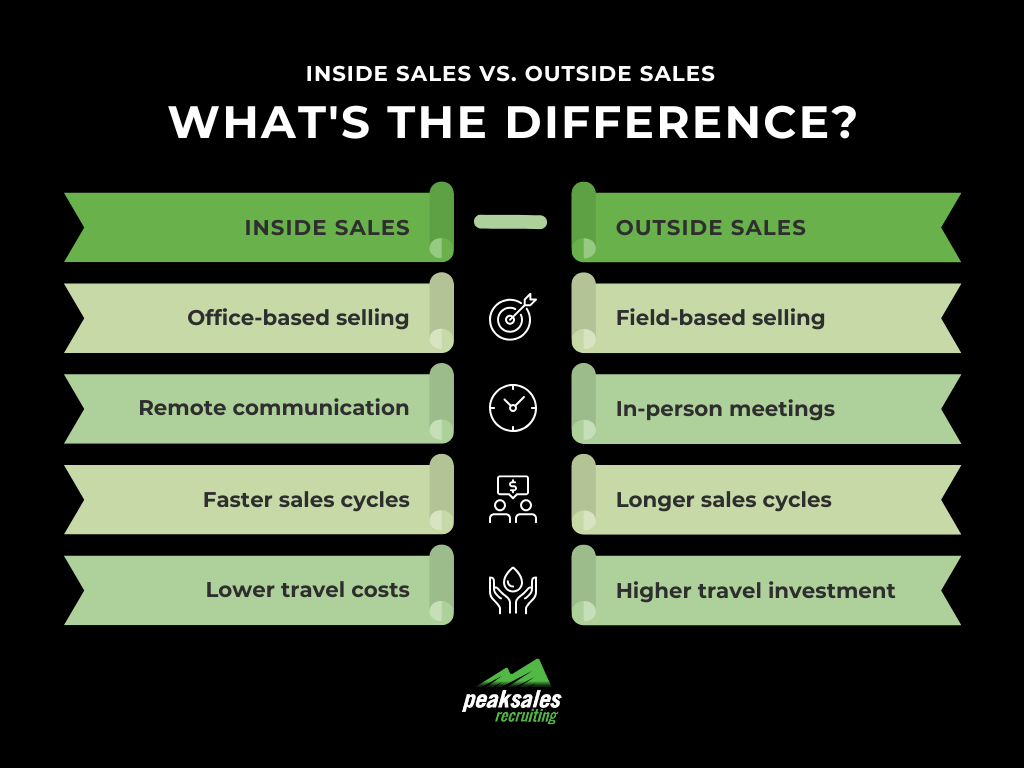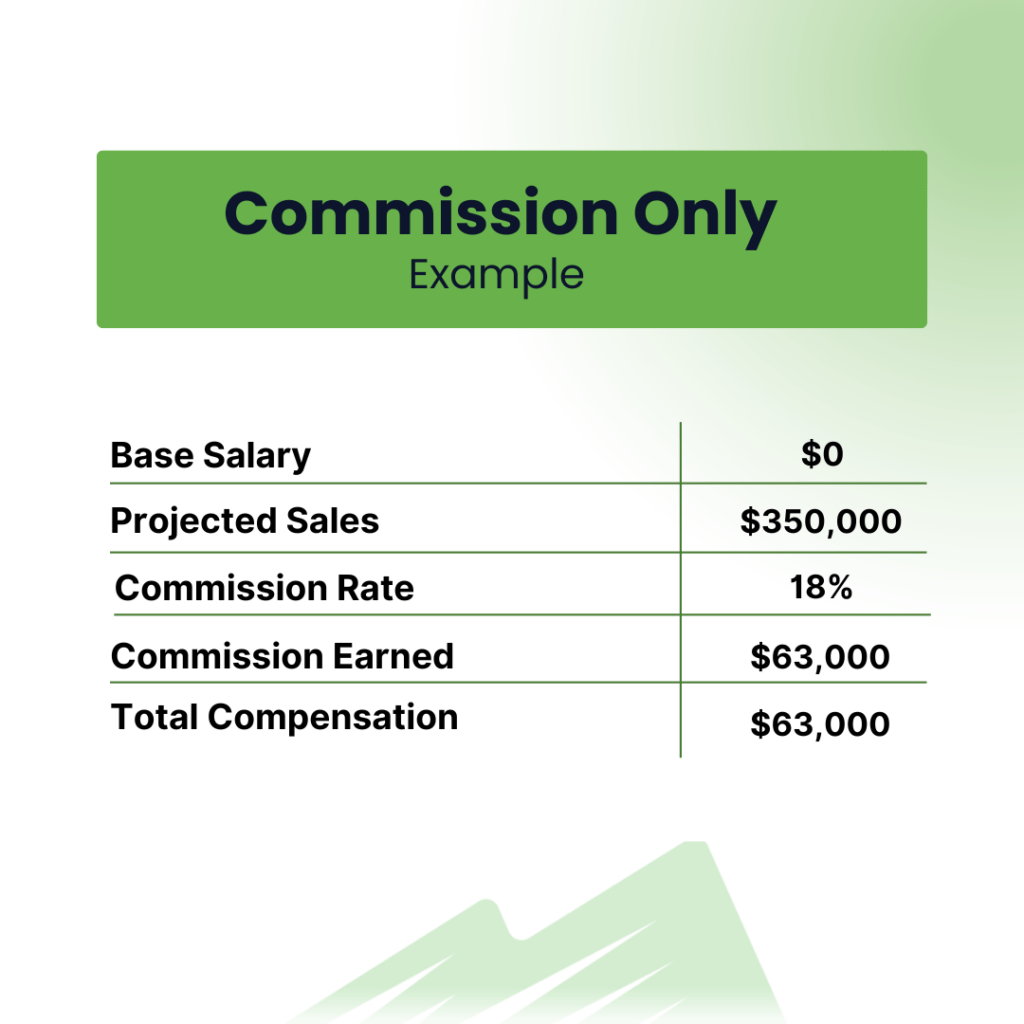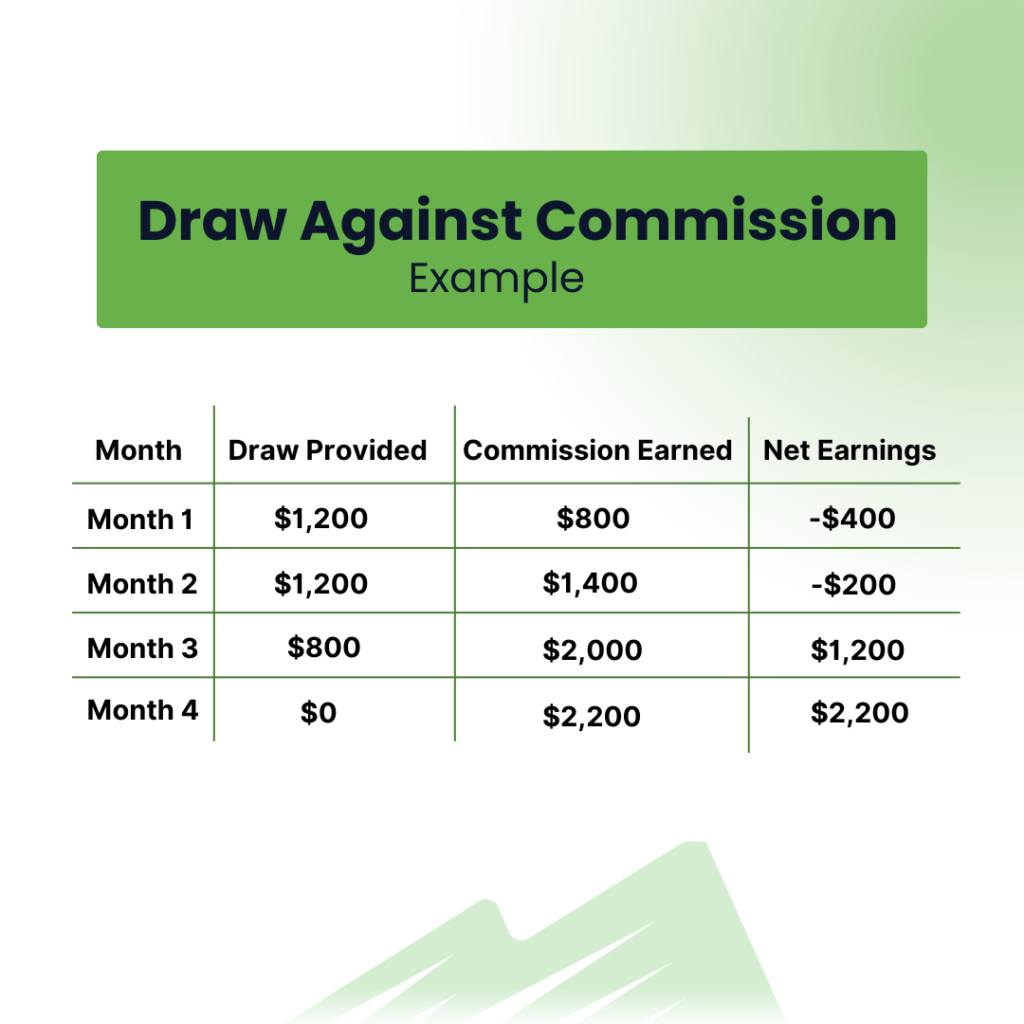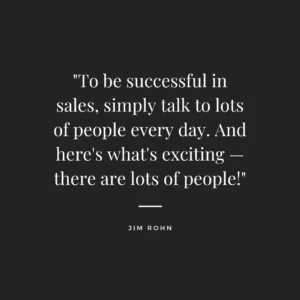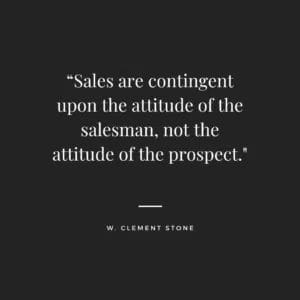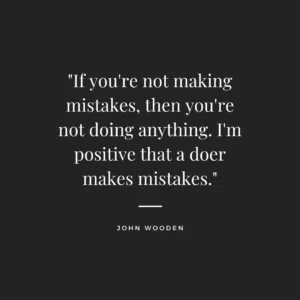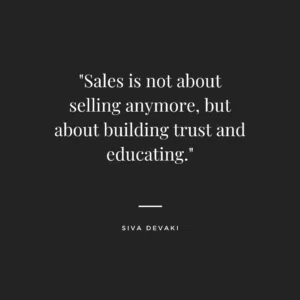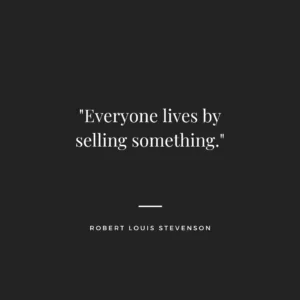Enterprise sales isn’t about speed or volume. It’s about precision, persistence, and a deep understanding of each target account. Selling to large organizations involves complex buying cycles, multiple decision-makers, and high stakes. If you’re navigating this space, you need a clear roadmap and a capable team.
Our guide breaks down what enterprise sales involves, how the enterprise process works, the common challenges, and how to structure and staff a high-performing enterprise sales team.
What is Enterprise Sales?
Enterprise sales refers to selling large-scale products or services to enterprise clients, often in B2B businesses. These deals are high in value, involve extended decision-making timelines, and typically require engagement with multiple stakeholders across departments such as IT, finance, and legal.
Instead of chasing a wide pool of leads, enterprise sellers focus on a smaller number of highly qualified enterprise accounts. Each deal is often custom-built around the client’s business model, operational structure, and specific needs. This contrasts with the transactional sales model common in SMB sales, which focuses on quick transactions and smaller deal sizes.
Enterprise sales aims to solve complex business problems and improve business operations. Success often depends on presenting a compelling business case and aligning with the prospect’s business needs.
Enterprise Sales Process and Methodology
Inbound and Outbound Sales
A successful enterprise sales strategy incorporates both inbound and outbound efforts.
- Outbound sales involve proactive outreach. Sales development reps (SDRs) and account executives (AEs) identify target companies, research their needs, and initiate contact through calls, emails, social media, and networking.
- Inbound sales occur when prospects engage with your brand through marketing campaigns, a centralized platform, case studies, or company and industry news. The sales team qualifies these leads and guides them through a customized sales pipeline.
Core Sales Stages
Regardless of the entry point, the process includes:
- Account research and targeting
Identify the ideal customer profile by leveraging insights from sales data and industry events. AI-driven insights can improve targeting and personalize outreach. - Initial outreach and qualification
Understand customer pain points, sales metrics, and key influencers within the entire organization. Utilize qualification frameworks such as BANT or MEDDIC. - Discovery and needs assessment.
Deep discovery reveals business challenges, design stage considerations, and what a buyer needs for a successful purchase decision. - Solution customization and proposal
Craft a sales pitch that demonstrates how the solution improves business operations, integrates with the technology stack, and supports long-term customer retention. - Negotiation and review
Enterprise deals often involve a multi-year contract, CPQ software for pricing, and extensive legal and procurement reviews. - Closing and handoff
Closing deals involves building rapport, aligning with buyer experience expectations, and transferring to customer success. The finish line is a signed contract, but the real work starts with ensuring customer retention and growing customer lifetime value.
This lengthy process can take 30 days to 18 months or longer, especially when selling to multiple companies, mid-market companies, or large enterprises.
The Challenges of Enterprise Sales
Enterprise sales professionals face challenges that go beyond the typical sales cycle:
- Long sales cycles
Deals worth millions of dollars take time. Aligning sales forecasting with upcoming revenue requires strategic patience. - Multiple decision-makers
Reps must engage the entire organization, from procurement teams to C-suite executives. - High expectations and higher risk
Enterprise clients demand reliability, brand recognition, and real results. The risks of implementation can be high for both sides. - In-person and high-touch engagement
Industry leaders expect face time, especially when comparing cybersecurity tools, SaaS platforms, or other enterprise CRM solutions. - Complex implementation requirements
Many deals involve customizations, integrations, and post-sale training that demand coordination across a small team and support staff.
How to Build an Enterprise Sales Team
Key roles on the team
A strong enterprise team supports the entire sales pipeline:
- Sales development representatives (SDRs)
Research enterprise accounts and engage prospects from the greater market, including small and medium-sized businesses. - Account executives (AEs)
Own the full sales cycle, build relationships, and manage deal progression from discovery to close. - Sales engineers or solutions consultants
Address technical concerns and tailor SaaS solutions to the client’s environment. - Customer success managers (CSMs)
Help maintain long-term customer retention and ensure value delivery. - Sales operations and enablement
Provide tools, sales data, training, and CPQ software to streamline the sales process.
Enterprise Sales Org Structure
Common structure and hierarchy
To support large deal sizes and complex accounts, organizations often include:
- Chief revenue officer (CRO) or VP of sales
Oversees sales leadership and aligns with overall business goals. - Sales directors or managers
Lead region- or vertical-specific teams and monitor sales metrics and win rates. - Senior AEs or strategic account managers
Focus on closing large enterprise deals and managing multi-year contracts. - Marketing team
Supports sales with social proof, insights, and brand awareness. - RevOps and tech stack support
Streamlines sales forecasting and ensures that reps take the right action at the right time.
Are you looking to hire top-performing sales leaders? Let us help.
5 Traits of Successful Enterprise Salespeople
Enterprise deals require a distinct skill set. These five traits define successful sales professionals:
1. Strong business acumen
Top performers understand business models, business needs, and what drives purchase decisions in complex environments. They adapt their strategy for SaaS companies, service providers, and cybersecurity vendors alike.
2. Excellent communication
Reps can deliver a compelling sales pitch and tailor it to various stakeholders. They also use case studies and industry insights to connect solutions with business outcomes.
3. Strategic planning
They know how to navigate a lengthy process, identify key influencers, and develop custom paths to the finish line.
4. Resilience
Dealing with multiple stakeholders, evolving requirements, and longer timelines requires grit. They stay focused and productive with less time wasted.
5. Collaboration and empathy
They work across internal teams and show empathy for the client’s challenges. This leads to better buyer experiences and higher conversion rates.
The Bottom Line
The enterprise sales process demands long-term thinking, a strong team, and a deep understanding of business problems. Whether you’re selling a SaaS platform, enterprise CRM, or cybersecurity solution, success depends on strategic alignment and delivering measurable value.
For more resources on sales hiring, strategy, and performance, visit The Peak Blog.










